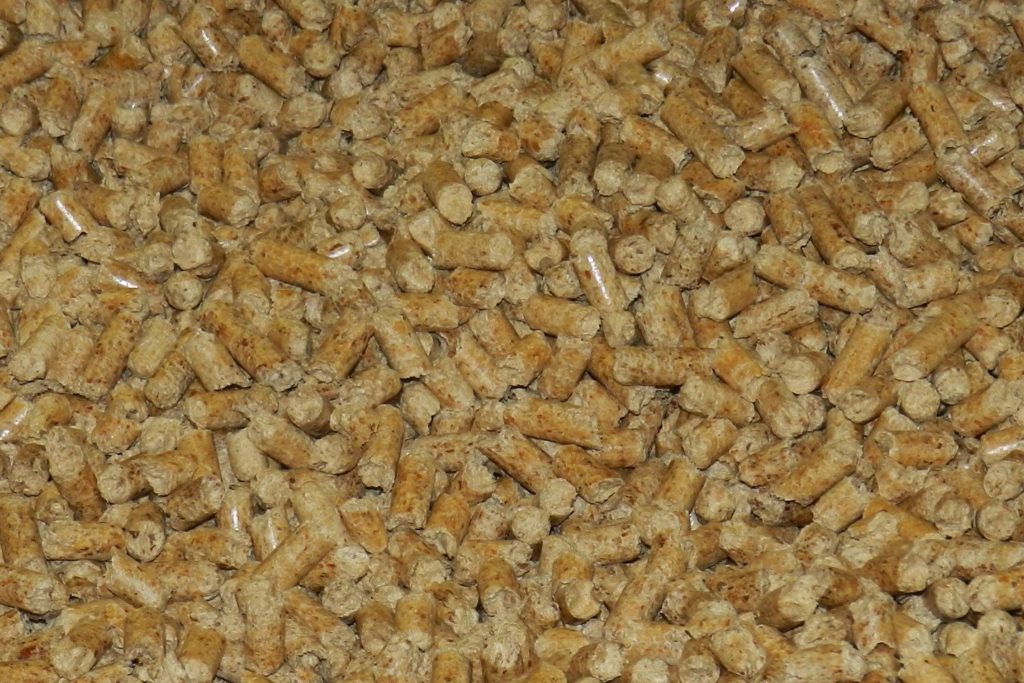In the forest industry, where capital investments and forest management plans span decades, we benefit by understanding wood markets and technologies as they actually function. This helps clarify risks and provide context for emerging wood demand from new applications and end markets. Over the past decade, we developed a point of view and set of insights for understanding emerging markets based on tracking the wood bioenergy sector.
In 2008, Forisk initiated a research program to track every wood-using bioenergy project in the United States. Why? We wanted to quantify the progress of local and regional bioenergy markets. This bottom-up analysis provided context to decision-makers who might otherwise assume all bioenergy projects could succeed. Misreading the markets along these lines could overstate risk and lead policy-makers, environmental groups, and forest products firms to “over react” or pursue counterproductive efforts.
Our previous Forisk Strategy Note shared specific learnings and observations from spending months visiting wood-using mills and operations in the pallet industry. This post is the first in a series that shares lessons and insights from a decade of research related to North America’s wood bioenergy sector. We focus on the wood pellet sector to highlight ways we can better evaluate and communicate risk in the forest industry.
What is a Wood Pellet?
Wood pellets are small cylinders of compressed dry sawdust, wood shavings, or wood chips; they measure about an inch long with the thickness of a pencil (Figure 1). Pelletizing wood addresses issues of weight, water and energy content. Since water accounts for half the weight of wood, half the cost of transporting fresh (green) wood goes to moving water. Wood pellets, on the other hand, have energy content per unit volume near that of coal and a moisture content below 10 percent. Wood pellets, with this low moisture content, store well and transport easily.
Figure 1. Wood Pellets Ready to Ship

Photo taken by A.H. Lang
The pellet concept originated in the U.S., but the initial form took a different shape (Wood for Bioenergy, 2012). In 1930, the Potlatch pine sawmill in Lewiston, Idaho, began making what it called the Pres-to-Log. Developed to recycle sawdust and wood shavings, the Pres-to-Log, as the name suggests, was pressed into a log shape. Overall, the process and inputs resemble those used for wood pellets to this day.
Wood pellets have two primary uses: heating homes and producing electricity for power. At power plants, pellets can be cofired with coal in pulverized coal furnaces to generate electricity. The cofiring applications provided a path for pellet demand in the UK and Europe, which fueled growth of the U.S. pellet manufacturing sector and associated export volumes.
This growth produced a range of concerns resulting in confused communications and practical lessons.
Part II profiles U.S. wood pellet markets and introduce these lessons.

Leave a Reply